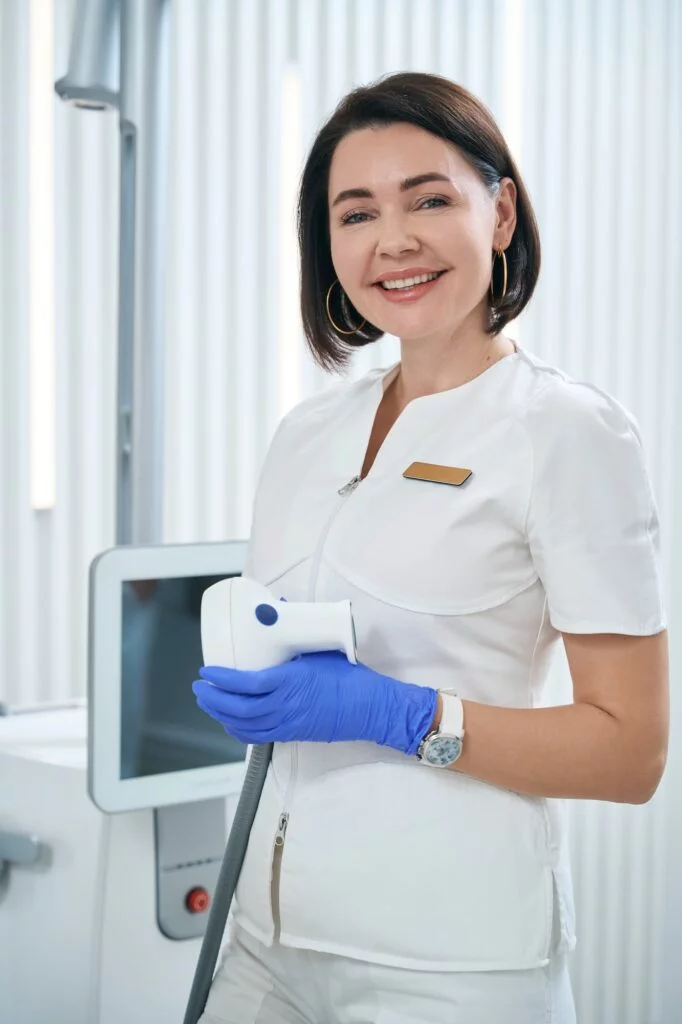Do any of your close relatives have colon cancer or a history of colon cancer? Are you statistically at risk for developing colorectal cancer? Are you older than 45 years? If you’ve answered “yes” to any of these questions, your gastrointestinal doctor may have recommended colon cancer screening.
Colon cancer screening is most commonly done through a popular procedure known as colonoscopy. Computed tomography (CT) colonoscopy is an innovative form of performing colonoscopy.
If you are contemplating undergoing a CT colonoscopy, this article is for you. Here we talk about everything you need to know about CT colonoscopy including the purpose of colonoscopy, candidates for colonoscopy,and the colonoscopy procedure. Additionally, we will also mention a facility where you can go for a CT colonoscopy if you are located in California.
CT Colonoscopy: What Is It?
Colonoscopy is a non-surgical procedure that is used to examine the inside of the large intestine which includesthe colon, rectum, and anus. Traditional colonoscopy involves the use of scope with alighted camera that passes through your anus and rectum into your colon, while CT colonoscopy examines the large intestine with the help of computed tomography technology.
CT colonoscopy is a minimally invasive examination hat uses a CT scan to produce hundreds of cross-sectional images of your abdominal organs. By digitally manipulating and combining these images, your doctor can get a detailed view of the inside of the large intestine.
Studies have elaborated that detection rates of CT colonoscopy are similar to those of traditional colonoscopy for colon cancer and most polyps.
Purpose of Colonoscopy
Colonoscopy is recommended by a GI doctor with the aim to:
- Investigate the possible causes of chronic diarrhea, abdominal pain, rectal bleeding, and other intestinal problems.
- Detect the early signs of colorectal cancer.
- Look for more polyps in the large intestine if you have had polyps before.
- To remove polyps or other objectsfrom the large intestine
Who Is a Candidate for Colonoscopy?
Most people get a colonoscopy as a routine part of colorectal cancer screening. Colorectal cancer often does not show any symptoms until it is advanced. Therefore, the American Cancer Society has recommended regular colon cancer screening for people who are age 45 or above.
It is recommended to get a traditional colonoscopy regularly If:
- You have not had a colonoscopy in the past 10 years
- You are older than 45 and have no history of colonoscopy procedures done on you.
- You had polyps or other abnormal tissues removed from your intestine during your last colonoscopy procedure
- You have a family history of colorectal cancer
- You have genetic disorders like familial adenomatous polyposis (FAP) or Lynch syndrome, that increase the risk of developing colon cancer.
On the other hand, CT colonoscopy is recommended for people:
- Who have a bowel obstruction
- Who are at higher risk of colonoscopy complications like excessive bleedingduring the procedure
- Who are reluctant to have a traditional colonoscopy procedure
- Who donot want to receive anesthesia
- Who want to be able to drive themselves home after the procedure
- Who are at average (not higher) risk for colorectal cancer
Regardless of the type of colonoscopy, it’s crucial to get a coloscopy regularly to prevent colon cancer from occurring in the first place.
What Is the CT Colonoscopy Procedure Like?
For a CT colonoscopy, you will lie on your side on the exam table usually in the fetal position. Your technologist or nurse will place a catheter inside your rectum. This catheter will fill your colon with carbon dioxide or air while you do a leg roll on the table. The gas helps create a clear image of the intestine; however, you may feel pressure in your abdomen.
Once your colon is filled up with gas, you will be asked to lie on your back. The examination table will be moved into the computed tomography machine where your body will be scanned. During the scan, you may be asked to lie on your abdomen or on your side to scan your intestine in different positions. You may also be advised to hold your breath at times.
The entire procedure will take anywhere between 10 to 15 minutes, and you will be able to resume your normal activities immediately after the exam. However,the gas in your stomach may take a few hours to clear up.
Benefits of CT Colonoscopy
Computed tomography (CT) colonoscopy is a simple procedure, for which there is no need for anesthesia or sedation.This means you will not experience any drowsiness or groggy feeling after the colonoscopy. Furthermore,a CT colonoscopy also allows you to resume your regular activities immediately after the procedure.
CT Colonoscopy Near Me
At Genensis Healthcare Partners, our board-certified gastroenterologist has built an excellent reputation in providing the highest quality gastroenterology care for a full range of digestive tract issues. Our GI specialists offer both traditional colonoscopy and CT colonoscopy for diagnostic, therapeutic, and preventive purposes.
To schedule an appointment, call our nearest GI clinic or use our convenient appointment request form. We look forward to treating you!



